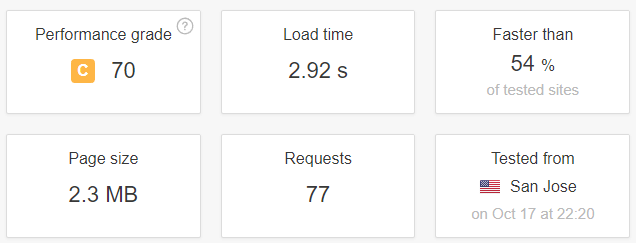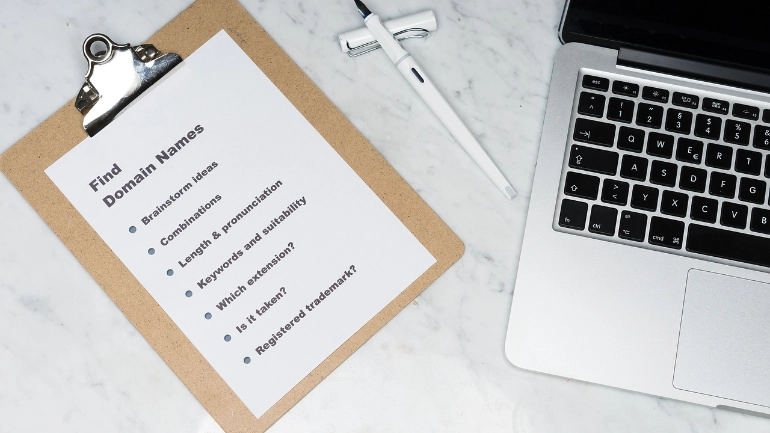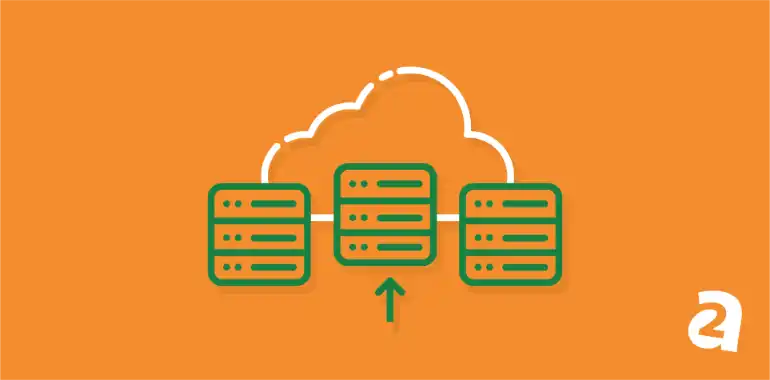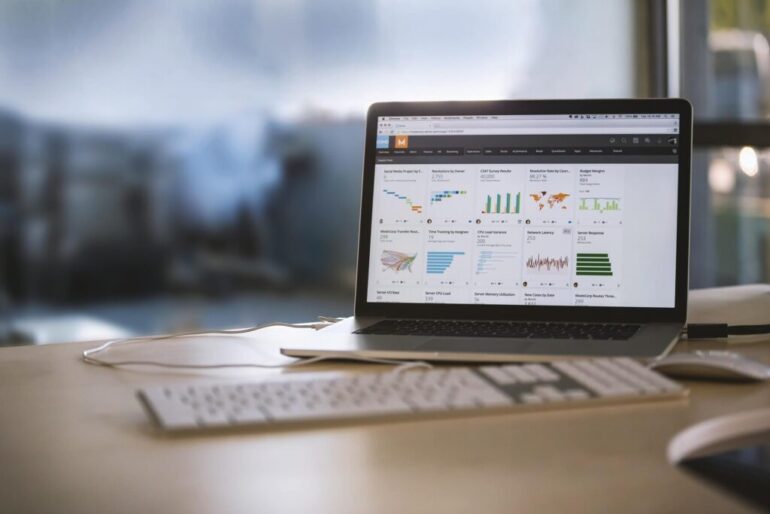- Feb 19, 2018
 0
0- by A2 Marketing Team
You probably started off using a shared hosting plan for your website. However, if things go well, you’ll probably need to upgrade to something better down the road. The real problem is figuring out when the right time is to make that switch.
Upgrade too early, and you’ll be spending money unnecessarily. Too late and your site’s performance might suffer, which can also affect its popularity. Fortunately, it’s not difficult to figure out when your site is ready to graduate to the big leagues.
In this article, we’re going to talk about two ways to know if you’re ready to upgrade your hosting plan. Then we’ll give you some tips on how to improve your site’s performance without making that switch. Let’s get to work!
2 Ways to Know If You’re Ready to Upgrade Hosting Plans
The better your hosting plan is, the more it will cost, so it’s important for you to be sure that upgrading is the right decision. As far as we’re concerned, there are two main ways to figure out if now is the right time to make a change.
1. Your Site Is Running Too Slow

In most cases, people expect websites to load in under two seconds. This is something you can measure easily using services such as Pingdom Tools. Studies have shown that once you cross the two-second line, your bounce rate increases dramatically, which is undesirable.
There are plenty of things that can cause your website’s performance to suffer, but we can bundle most of them into two categories:
- Poor website optimization. By this, we mean uploading uncompressed images, not using a caching solution, and more. If you’ve taken steps to optimize your site’s performance, then the problem is probably not on your side.
- Inadequate hosting solutions. If your site is still feeling sluggish after you’ve optimized it, chances are your web hosting provider is the limiting factor. It may be that you’re using a service that doesn’t value speed, or maybe you’ve just outgrown your hosting plan.
At some point, if your site starts getting enough traffic, a basic shared hosting plan will buckle under the workload. Your website will take longer to load, since the server needs to deal with multiple requests simultaneously, and this will affect your visitors’ experience.
The best way to know if this is the problem in your case is to check out how much traffic your hosting plan supports. Sometimes, hosting providers include information about how much traffic each of their plans should be able to handle. If yours doesn’t, you can always reach out to their support team and ask if they think you need to upgrade to a better plan based on your site’s traffic.
Furthermore, you’ll want to keep an eye on your site’s traffic on your own, so you can identify how much of a load your hosting plan can take. One excellent way to do this is to use tools such as Google Analytics, which also provides you with a wealth of valuable information aside from traffic statistics.
2. You Need More and Better Features

While it’s true that more expensive hosting plans are usually able to handle a lot more traffic, that’s not the only upside to upgrading. In most cases, you’ll also gain access to new and exciting features. Let’s talk about some of the most common ones:
- Daily backups. We always talk about the importance of backups. If your host offers the option to take care of this, that’s definitely a bonus in our book.
- Full access to your server. With shared hosting, you don’t get to tweak your server’s settings. If you’re a system administration or developer, chances are you’ll need full access to your server at some point.
- Support for more websites. In most cases, basic shared hosting plans only enable you to run one website using your package. More expensive plans often raise that limit or remove it altogether.
Naturally, the features you get will vary drastically depending on the hosting service and plan you choose. However, basic shared hosting tends to be barebones across the board, so chances are high that whatever your new plan is, it will be a major upgrade.
With this in mind, if there’s a feature you absolutely need but your current plan doesn’t include, it makes sense to go for an upgrade. After all, there’s no rule that says you need to wait until traffic starts becoming an issue to get a better plan.
How to Improve Your Site’s Performance Without Upgrading Plans
Earlier, we talked about how poor optimization can affect your site’s performance. If you feel your website is taking a little too long to load, you definitely should take a look under the hood first and perform a few tweaks.
Here are some of the simplest and most effective ways of improving your site’s performance without changing plans:
- Optimize your images so they and your site will load faster.
- Implement a caching solution, so your entire website doesn’t re-load every time a visitor returns.
- Use a Content Delivery Network (CDN) to take some work off your server’s shoulders.
That last tip in particular is one of the most cost-efficient ways to improve your site’s performance. Some CDNs, such as Cloudflare, even offer free plans that support a handful of pages. If you’re using a CDN, people will be able to load your site fast even if your hosting plan isn’t anything to write home about.
If you’ve already worked on optimizing your website’s performance, but you’re still not seeing an improvement, then it’s definitely time to think about an upgrade. Your wallet might take a hit, but performance is critical in today’s online landscape. All you have to do is check out what other plans your hosting provider offers, read up on their differences, and maybe consult with support to see if they have specific recommendations for you.
Conclusion
Upgrading to a better hosting plan is a milestone for most websites. It’s a signal that you’re ready for bigger and better things. However, sometimes you can get away with sticking to a more modest plan if you play your cards right and keep your website optimized. Compressing your images, for example, is a quick way to drastically improve your site’s performance.
If you’re considering upgrading to a new hosting plan, here are two surefire ways to know if you’re ready for it:
- Your site’s running too slow, and you’ve done everything you can to optimize it.
- You need access to a plan with more and better features.
Image credit: Pixabay.












